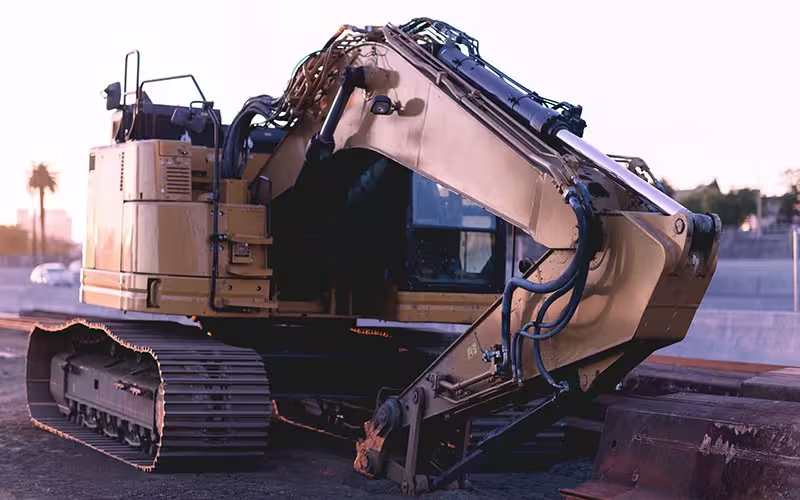For Residential Development Projects Tulsa, see our main page here or call us at 918-695-9461.
Overview of Residential Growth in Tulsa
The city of Tulsa has seen a steady increase in housing and real estate growth. From new subdivisions to luxury apartments, Residential Development Projects Tulsa reflect both the rising demand and the evolving lifestyle of its residents. This growth is fueled by a combination of job opportunities, infrastructure upgrades, and a lower cost of living compared to other U.S. cities.
In recent years, the metro area has attracted a mix of first-time homeowners, real estate investors, and retirees. As a result, developers are seeking to meet these diverse needs with regionally tailored residential models. Variety and community-centered planning are at the heart of this transformation.
Key Drivers Behind Residential Development Projects Tulsa
Multiple factors have contributed to the boom in residential development. Understanding these helps explain why the market stays robust even in fluctuating economic conditions.
- Economic Diversification: Tulsa continues to attract industries beyond oil and gas, including aviation, technology, and healthcare.
- Population Growth: In-migration from urban centers like Dallas and Denver has driven up housing demands.
- Affordability: Compared to national averages, Tulsa offers more house for the same price.
- Infrastructure Investments: Improvements in highways and public transit systems support suburban and inner-city growth alike.
As a result, developers are creating residential spaces that balance comfort, community, and convenience.
Types of Residential Development Projects Tulsa Features
Tulsa’s housing landscape is diverse. Builders are offering solutions tailored to different buyer personas. Below are some project types gaining attention.
- Master-Planned Communities: Complete neighborhoods with parks, schools, and shopping centers.
- Infill Housing: New homes built in established neighborhoods to utilize unused space.
- Luxury Apartments: High-end rentals with resort-style amenities for young professionals.
- Townhomes and Duplexes: Popular among downsizers and smaller families seeking affordability and efficiency.
Each project reflects different goals—some serving new families seeking homeownership, while others provide easy living for retirees or day-one-ready options for relocated professionals.
Historical Perspective on Tulsa’s Housing Patterns
Historically, Tulsa expanded outward. Suburbs were the focus in the latter half of the 20th century, thanks to accessible highway networks. But in the past decade, there’s been renewed interest in urban core living.
Revitalization of areas like the Pearl District and Kendall Whittier aligns with this trend. Developers are transforming old industrial zones into vibrant housing clusters with mixed-use options. Consequently, this blend of history and innovation makes Residential Development Projects Tulsa both practical and culturally rich.
Planning and Approvals in Tulsa’s Residential Market
Before the first brick is laid, several stages ensure each project aligns with community and environmental goals. Zoning regulations, land-use permits, and community feedback play major roles. Tulsa’s Development Services Department works closely with builders to streamline processes that may otherwise cause delays.
For example, developers must prepare stormwater plans and green space allocations. Moreover, public meetings are often held to gather community opinions. So, success in Residential Development Projects Tulsa often depends on local partnerships and transparent planning.
Current Trends in Residential Development Projects Tulsa
Modern trends are shaping both the layout and purpose of new housing communities in Tulsa. Lifestyle preferences and environmental awareness influence design decisions across the board.
- Sustainability: Eco-friendly insulation, solar panels, and smart irrigation systems are becoming standard.
- Walkability: Communities prioritize access to schools, cafes, and parks within walking distance.
- Home Office Flexibility: More developers are including additional workspaces in floorplans.
- Mixed-Use Zoning: Projects that combine housing with light commercial use attract both residents and small businesses.
These trends align with nationwide shifts, but are uniquely tailored for Tulsa’s layout and lifestyle. Consequently, staying ahead of trends directly impacts homebuyer satisfaction and market success.
Case Study: A Model Residential Success in Tulsa
One standout example is the “StoneHorse” community near 121st and South Sheridan. Built with both luxury and community in mind, its development reflects what makes Residential Development Projects Tulsa unique. Homes vary in size and style, ranging from craftsman-inspired cottages to large brick estates.
What sets StoneHorse apart is not just the design, but its full-service amenities including a clubhouse, trail system, and community garden. Buyers appreciated both the architectural appeal and communal feel—an essential combo that developers continue to emulate elsewhere in the region.
Practical Tips for Homebuyers Exploring Residential Projects
If you’re thinking about buying in a new Tulsa development, consider a few essentials:
- Visit at different times of day to observe traffic, noise, and activity levels.
- Ask about HOA policies and community management plans.
- Research developer reputation and timelines for completion.
- Review warranty details for roofing, HVAC systems, and appliances.
These steps help ensure you make a sound investment and avoid unexpected issues. In other words, knowledge is protection when selecting amid multiple Residential Development Projects Tulsa.
How Developers Can Maximize Success in Tulsa
Builders and investors seeking long-term ROI should take strategic steps.
- Understand Local Demand: Use demographic and trend data to align product offerings with buyer expectations.
- Collaborate with Planners: Early coordination with local municipalities helps avoid red tape delays.
- Foster Community Feedback: Holding town halls and Q&A sessions builds trust and insights.
- Focus on Long-Term Value: Build for quality, not just trendy features, to extend property life and buyer satisfaction.
By focusing on these key elements, developers position themselves as community contributors—not just builders.
Frequently Asked Questions (FAQ)
What makes Tulsa a good city for residential development?
Tulsa offers an affordable housing market, expanding job base, and diverse neighborhood settings. These make it appealing for new home construction and investment.
How long does a typical residential project take from start to finish?
Depending on the scope, a residential development can take anywhere from 18 to 36 months. Timelines depend on permitting, land conditions, and resource availability.
Are there incentives for developers in Tulsa?
Yes. The city of Tulsa and sometimes the state offer tax breaks or zoning flexibility for projects that meet economic or environmental criteria.
Can I reserve lots before construction begins?
In many projects, early buyers can reserve plots. This often comes with preferred pricing or customization options, but varies by developer.
How do Residential Development Projects Tulsa compare to other cities?
Tulsa projects offer a balance of affordability and customization not always found in cities like Austin or Nashville. This draws interest from both in-state and out-of-state buyers.
Future Outlook for Residential Development in Tulsa
Looking ahead, Tulsa’s residential sector will likely continue evolving. With economic diversity and planned city upgrades, developers have fertile ground to innovate. Local leaders already forecast new zoning updates and infrastructure improvements to support this growth.
In short, the future of Residential Development Projects Tulsa looks promising, with opportunities for every stakeholder—from homebuyers to city planners.
Follow us on Facebook here.


